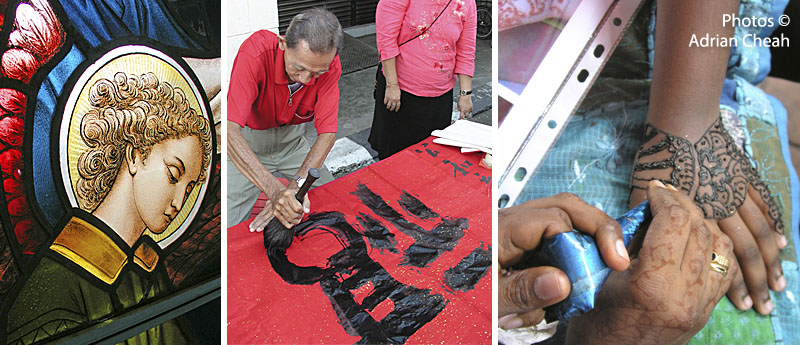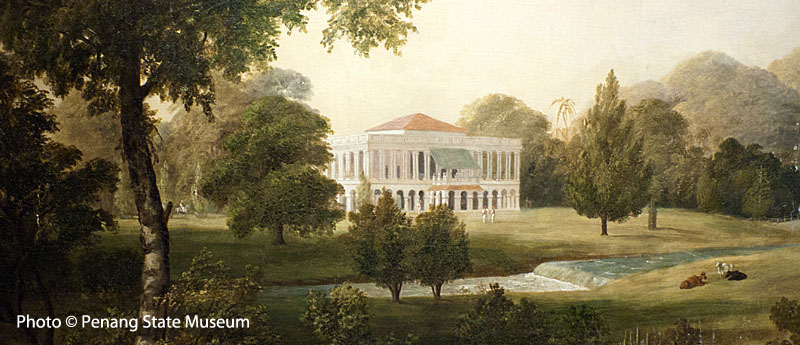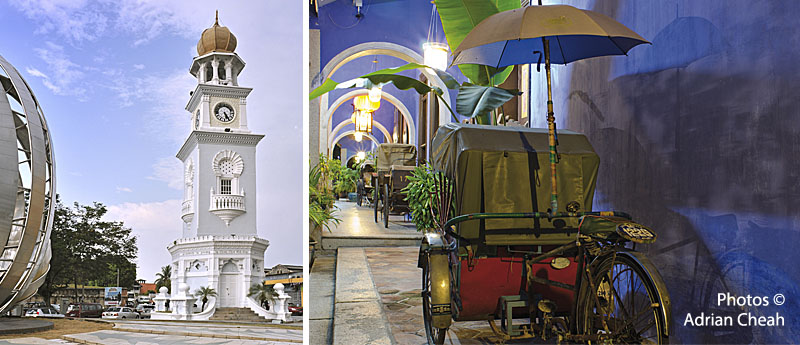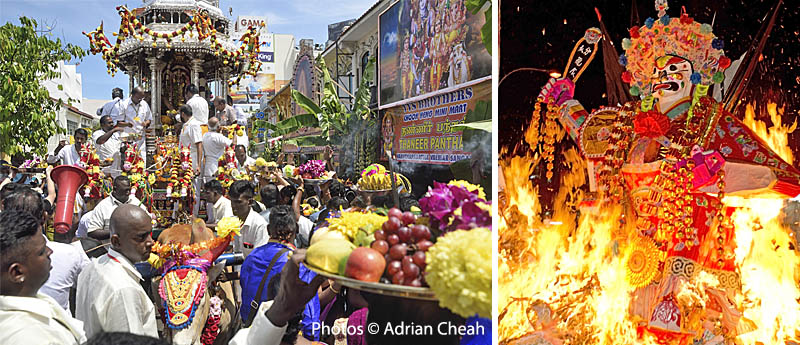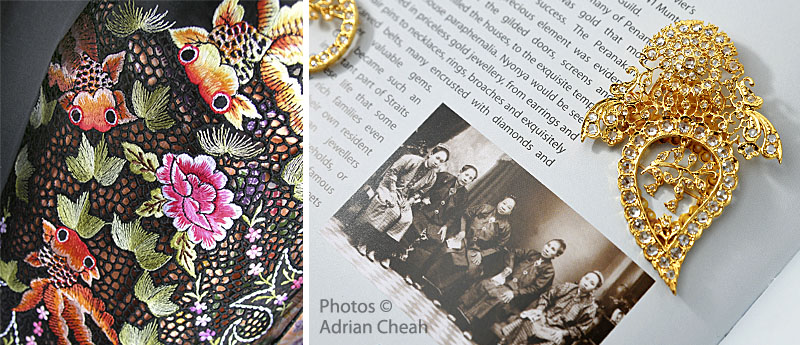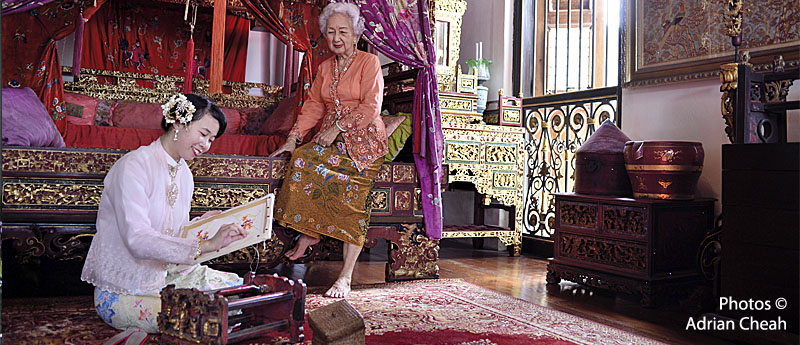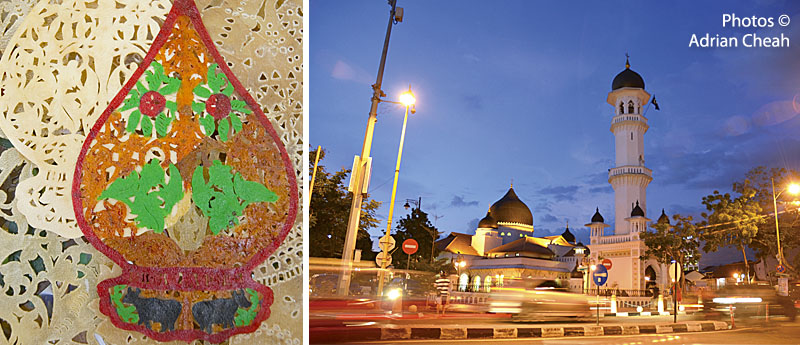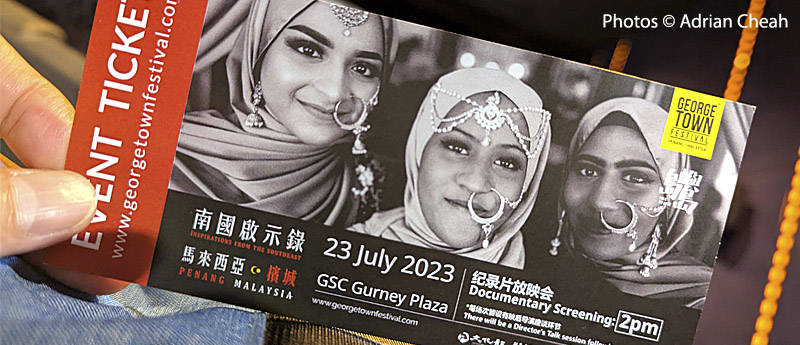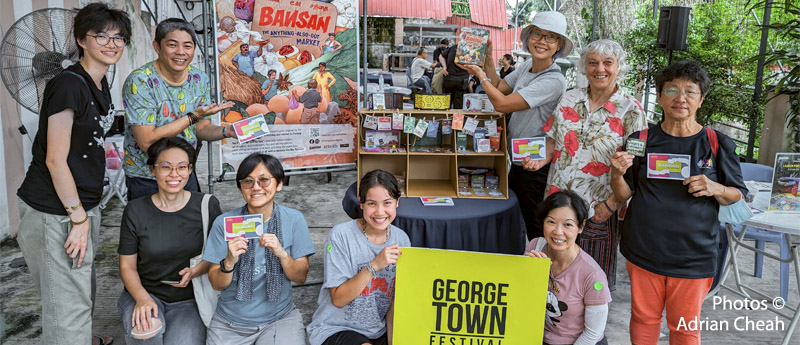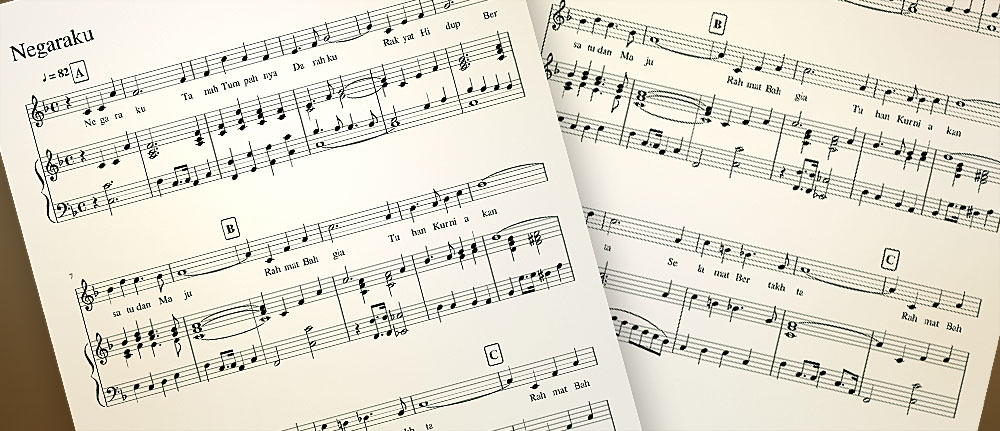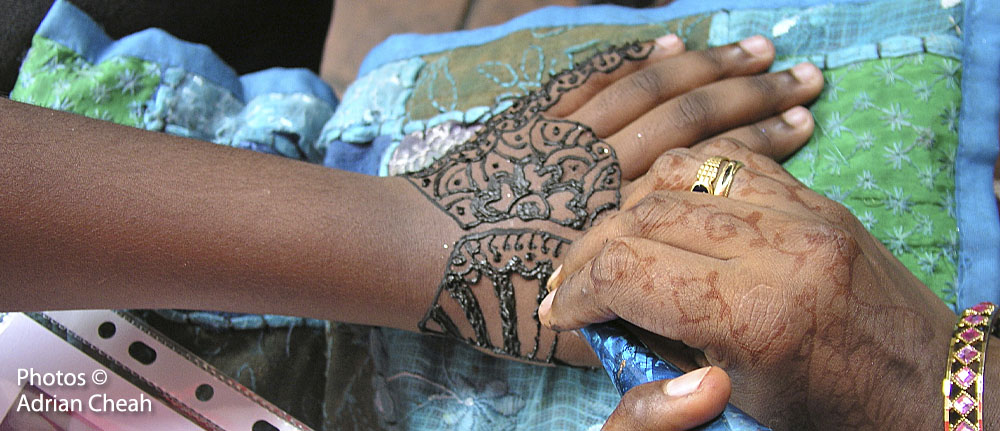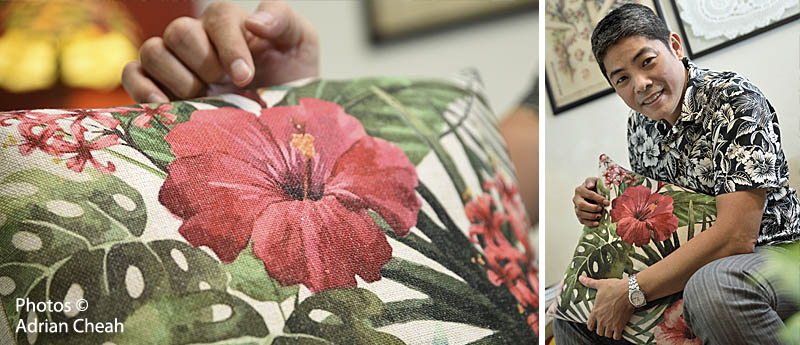Penang's Cina Wayang (Chinese opera) – for gods and ghosts
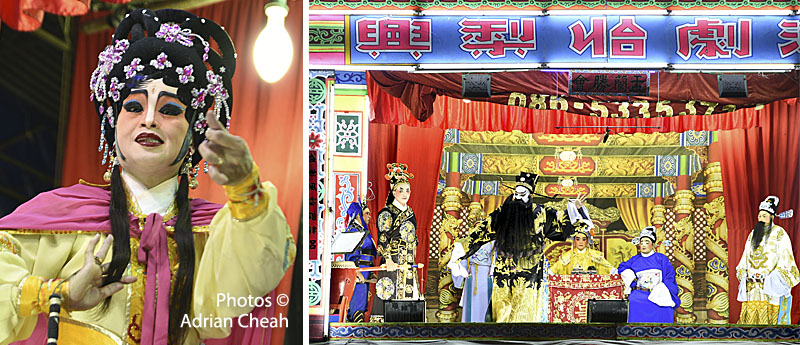
Growing up in Ayer Itam in the 1970s was so much fun. Living near the wet market was even better, as you could buy food easily at any time of the day. Back then, we would bring our own tiffin carriers and even supply our own eggs to the char koay kak lady or Pak Dollah, the mee goreng uncle. Ah Heng, the rojak man, parked his cart in front of my house. He would string halved green mangoes on a lidi (coconut leaf) stick and top them with rojak sauce and crushed peanuts. Another favourite of mine was the sliced bangkwang (turnip), also topped with rojak sauce and crushed peanuts. Ah Heng eventually gave up the rojak business and sold koay teow th'ng. Everybody knew everybody back then. News even travelled faster than a speeding bullet. Before I could reach home, my mum would have known what I was up to.
Continue Reading
The legend of the ferocious beast called Nian
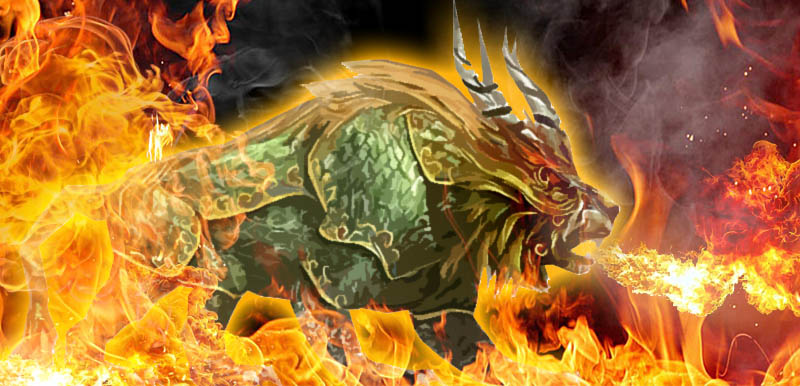
"Nian"' in Mandarin means "year". However, legend has it that Nian was not merely a symbolic representation of the passing year; rather, it was a mythical monster that instilled fear among humans during the New Year. This formidable creature posed such a grave threat that it loomed over the prospect of annihilating the entire human race.
At a loss about what to do, the Emperor sought the counsel of his advisors to devise a strategy for averting this impending calamity. Having devised an infallible plan, the advisors approached Nian and challenged this all-powerful beast to prove of its invincible strength by destroying all other monsters on earth rather than to erase the humans who were obviously no match for it.
Continue Reading
The many uses of the "horse racing" calendar
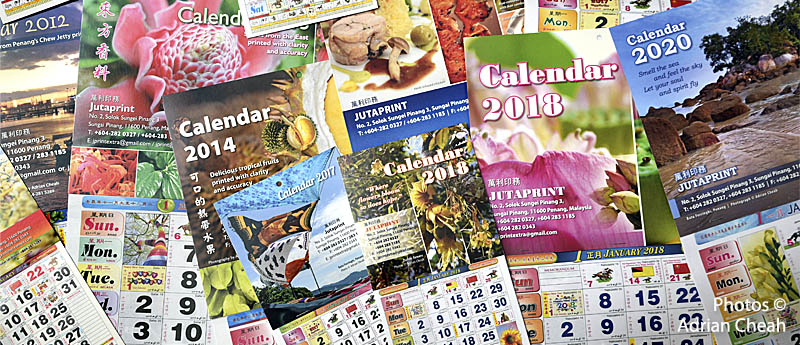
Introduction
It is relatively easy to know which day of the week it is. Similarly, we can more or less tell the time of day merely by looking outside the window. But how many of us can tell the date without referring to a calendar?
Continue Reading
Ang Pow, a packet of good tidings
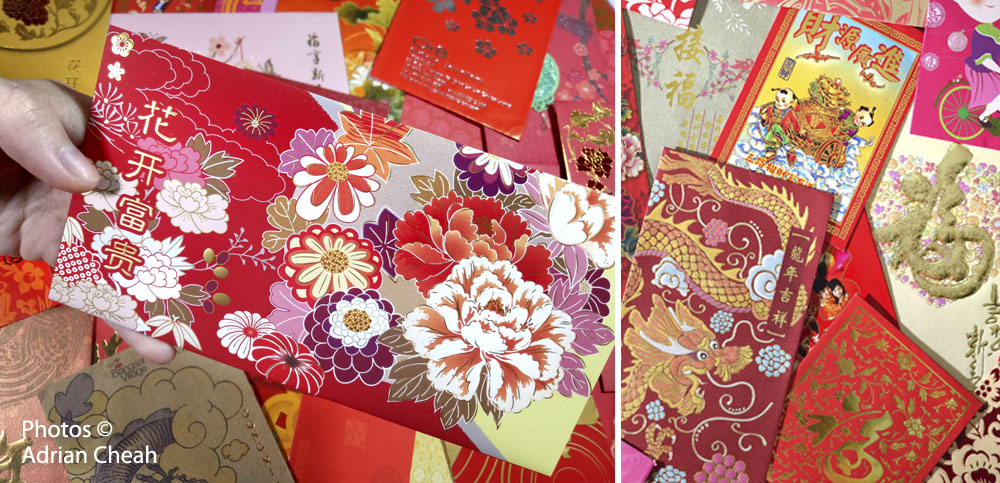
A monetary gift, straightforward and convenient, garners universal appreciation. The Chinese community worldwide traditionally exchanges red envelopes, known as ang pows, containing money as a gesture of goodwill during significant events like Chinese New Year, birthdays, and weddings. Although this humble offering dates back thousands of years, this modest tradition is still prevalent to this very day.
Continue Reading
Sir Stamford Raffles and The History Of The Runnymede
Thomas Stamford Raffles was born in 1781, to Captain Benjamin Raffles and his wife Anne and in 1793 was sent as a boarder to the Mansion House Boarding school in Hammersmith, London. He joined the East India Company in London as a temporary clerk in 1795.
Continue Reading
Jalur Gemilang – the stripes of glory
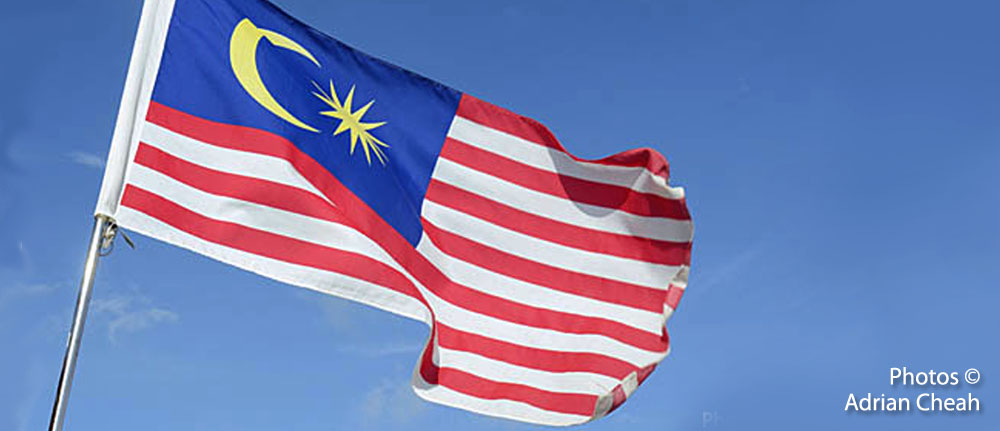
Behind the simple and slightly derivative design, the Malaysian flag has, since its creation, served as a silent testament to the country's heritage and cultural mix, and upholding cherished values like freedom and justice.
Continue Reading
Heritage buildings in Penang
Acheen Street Mosque
Also known as Mesjid Melayu, the mosque was built on land donated by Syed Sheriff Tengku Syed Hussain Aidid an Arab merchant prince who came from Acheh in Sumatra. The vernacular-style mosque from 1808 remains basically unmodified except for the Moorish arcade added at the turn of the century.
Continue Reading
Silat – a Malay martial art steeped in tradition
Like other forms of Oriental martial arts, the millenia-old Malay silat is equally popular and effective in exhibitive, entertainment and sporting functions as it is for actual combat. The etymology of the word silat refers to movement of the body and the art itself originated during pre-Islamic times. Historically, silat reached its zenith during the Majapahit dynasty (1292-1478).
Continue Reading
Malaysians – unique and united

"The melting pot or mixing bowl images do not provide an adequate picture of Penang. The kaleidoscope, with its shifting patterns of colourful pieces, overlapping sometimes to make new shapes, some larger in one frame and smaller in others, offers a better metaphor for Penang's multi-ethnic population and its changes over time." – Sarnia Hayes Hoyt Old Penang 1991
Continue Reading

